Rob Di Figlia Talks Unreal Engine’s Growth in Animation at MipJunior
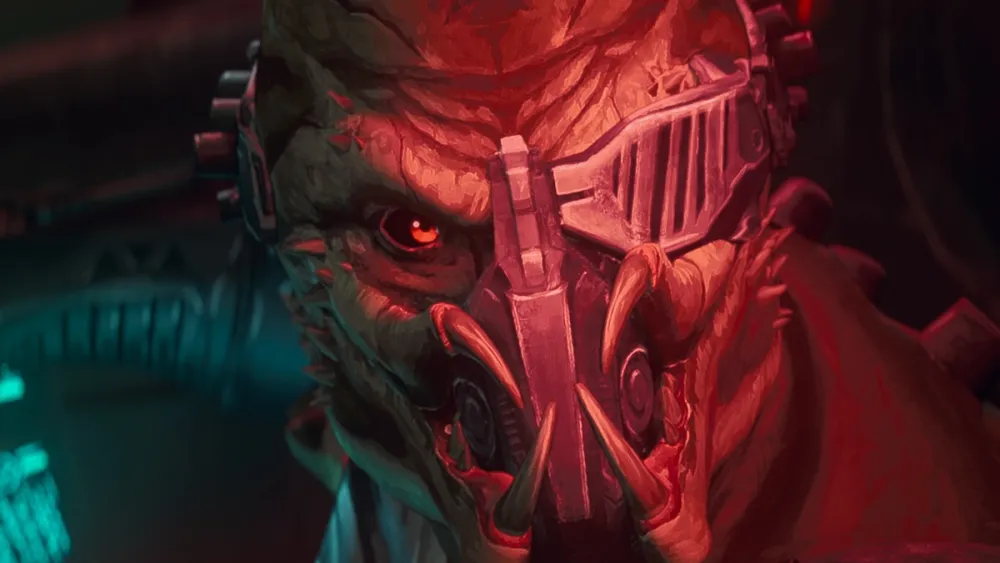
CANNES, France — As global companies scale back in investment in kids IP, Epic Games’ Unreal Engine offers a solution in cutting costs, speed up production, as well as refining quality and unlock new formats, Rob Di Figlia, Business Development Director, Epic Games told an industry audience at MipJunior on Saturday.
He also showcased a medley of excerpts from key titles which have made use of Unreal Engine – which include Academy Award winner “War Is Over! Inspired by the Music of John and Yoko,” “Piece by Piece” and “Predator: Killer of Killers.”
In unveils, Di Figlio sneak-peeked a 90-secondcinematic trailer from Beta totally animated by Unreal Engine whose teaser was shown at Unreal Fest. The trailer will be available as part of free animation sample project teaming Unreal Engine and Agora Studios to produce free animation sample project, allowing animators to see what other animates are doing. Agora release the sample in the next few weeks, Figlio said.
A game engine software platform most famous for powering “Fortnite,” Unreal Engine made waves with its virtual production usage in “The Mandalorian.” At MipJunior’s Epic Games session, “Fast, Fresh, Unreal: Real-Time Kids Animation Is Here,” Di Figlia argued that Unreal Engine is as relevant to animation as live action.
“In 2019, though, right about when I was starting at Unreal Engine, there were probably less than five animation studios that we knew about using Unreal in any material way. But since then it’s grown to well over 100,” Di Figlio said at MipJunior.
“Star Wars” and “The Mandalorian” really put us in the spotlight. But animation has been a huge area of focus for us, and we’ve really seen a growth over the last five years of animation studios, particularly series animation studios, that have been transitioning from their traditional CG pipelines into real time pipelines,” Di Figlia said.
Reasons are “speed, creative and economic,” Also, “the future of entertainment is changing and becoming much more interactive and immersive,” Di Figlia added.
“Animation companies are under pressure – and this is not new – being asked to do more with less each year,” Di Figlia noted. “Unreal speeds up the process from rendering where instead of having days, hours, weeks to render things. It takes seconds. That has really sped up that process.”
At MipJunior, Di Figlio cited the case of Pure Imagination and Zebu, are really using Unreal Engine on standard animated TV series production.
“They’re working up to 20% faster on their average 22 minute kids series. That’s taking a series from 60 to 70 weeks, down to 42 to 50. It’s a huge amount of time savings,” Di Figlio noted.
Just how studios choose to use those benefits varies, however, he told Variety. “Some studios say ‘I can reduce my time to do a series by 20%. Other studios say, ‘Look, my time is the same. However, I can get so much more fidelity and storytelling and production value that I’m getting 20% more on the same budget. Those are exciting areas where businesses are changing. And then, yes, you have AI and those things are in equation. We have clients that are using AI with Unreal Engine. It’s very exciting. “We’re watching how they’re using it.”
With Unreal Engine, animation studios can reduce storage costs avoiding compositing and not necessarily needing to use a render farm anymore.
The benefits of Unreal Machine are also artistic, Di Figlia argued. In traditional animation, a director crafts a story at storyboard phase trying to craft their story then hands it over to animation artists.
Directors “don’t see what it’s going to look like for months and months, almost to a point where it’s too late or too expensive to change. Unreal Engine becomes a creative sandbox, which is very exciting for directors, because they can start doing lighting and testing things early on. They have much better information that they’re sharing downstream to really define looks, which is very exciting from the creative standpoint.”
“With all departments start working earlier and in parallel, this tends to blur the lines between pre-production, production and post-production, and your entire pipeline just becomes a lot more fluid,” said Filho.
“You have all of your artists and they’re working with all of your departments. They’re working together in the same environment and that really starts to unlock a whole new level of collaboration that you’ve never seen before,” he added.
One “huge moment” for Epic Games and Unreal Engine was “War Is Over!’s” winning the 2024 Academy Award for Best Animated Short Film, produced by ElectroLeague studio, with the animation and visual effects created by Peter Jackson’s New Zealand-based VFX company Wētā FX.
“That’s a story that really talks about that iteration process. That they were really able to lean into iterating quickly in the engine to get that story to a place that they’re really happy,” said Di Filho.
Unreal Engine was also used for “Piece by Piece,” Morgan Neville’s 2024 American animated comedic bio-doc,
made through the lens of Lego animation, or brickfilm. It turned on American musician Pharrell Williams, who stars in the film, “Piece by Piece” marking the sixth theatrical Lego-based film
Produced by 20th Century Studios, 20th Century Animation and Davis Entertainment and again using Unreal Engine, “Predator: Killer of Killers” was a “really big, big film, very stylistic, said Da Filho. The Third Floor, which worked with Disney to make “Predator: Killer of Killers” had lighting and rendering teams which were going so quickly there they were lighting shots in four hours with maybe an hour of retakes. By the time they got to final shots and presenting those to the studio, they finalized 1,700 shots in less than two months,” Figlio enthused.
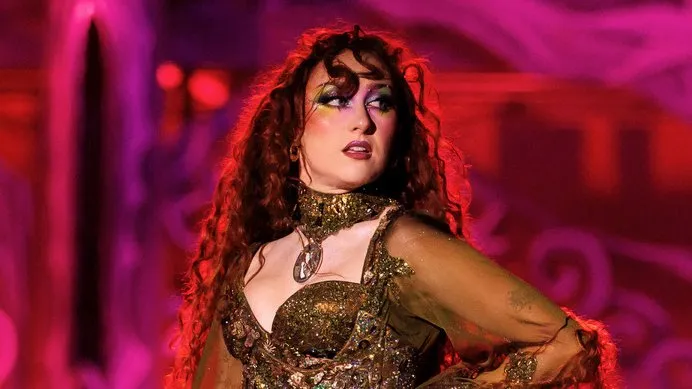

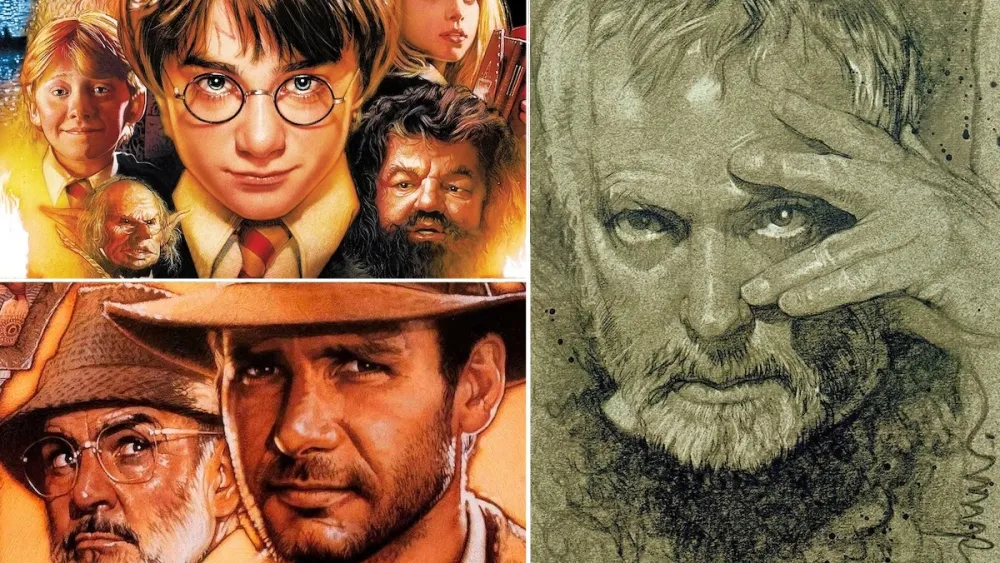

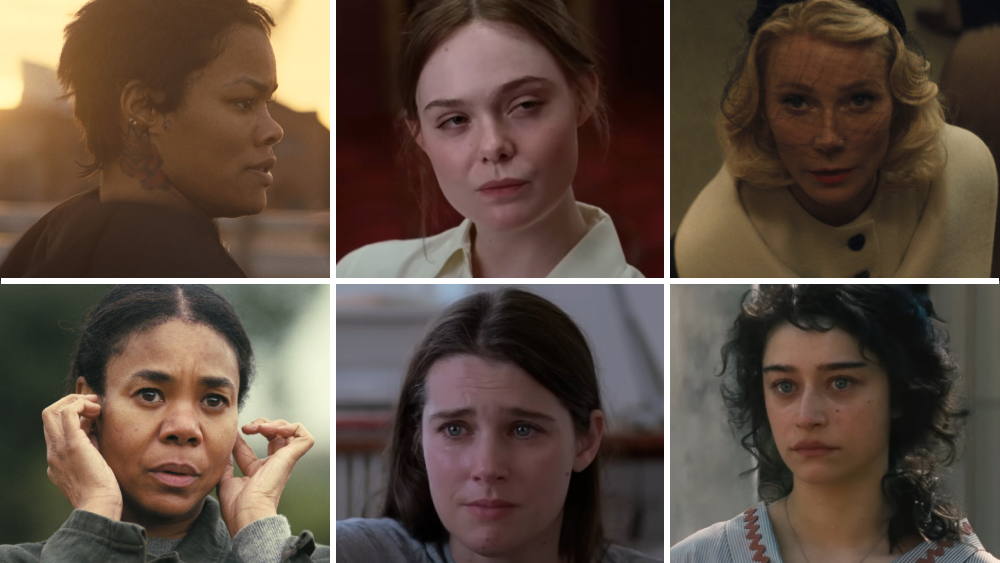
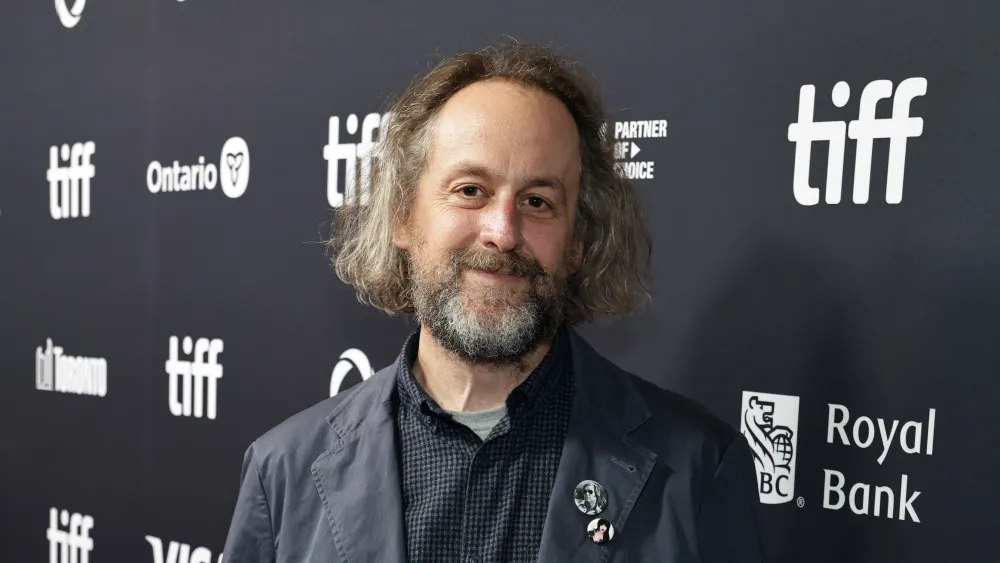
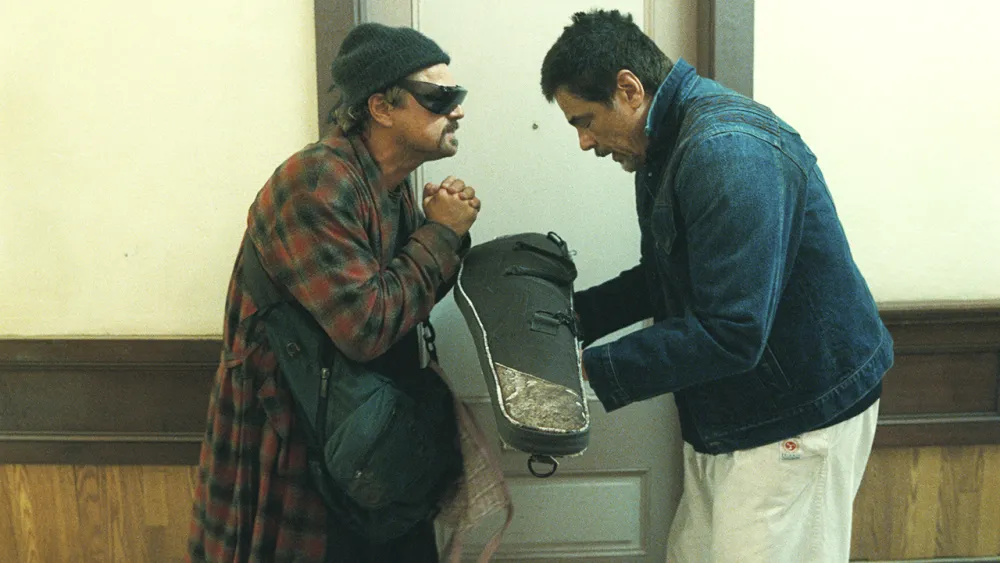
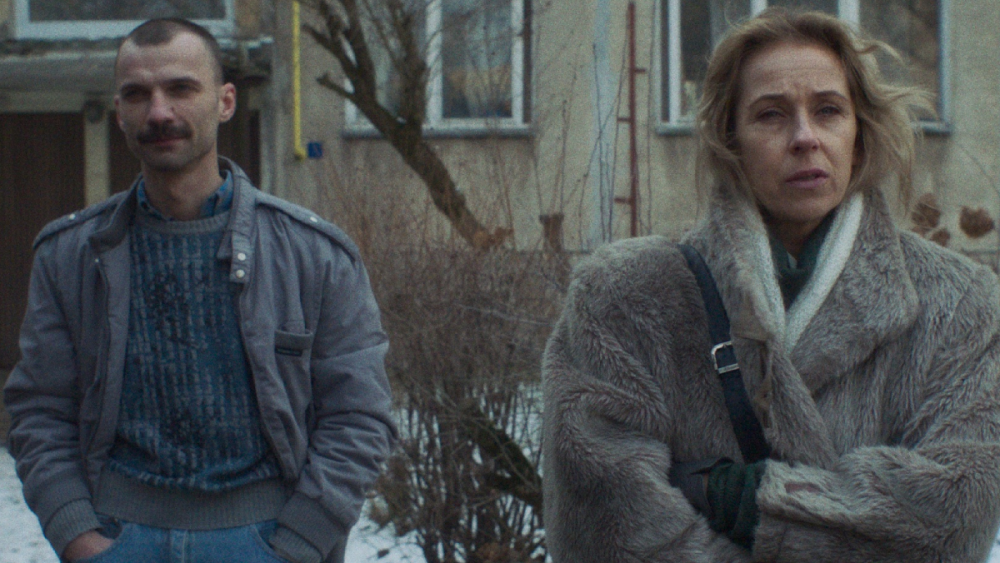
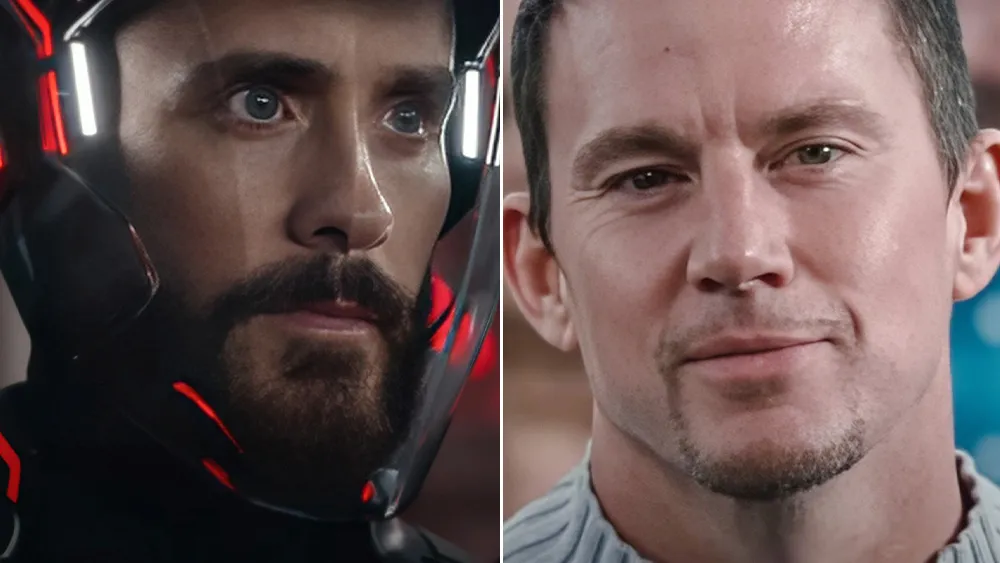

Responses